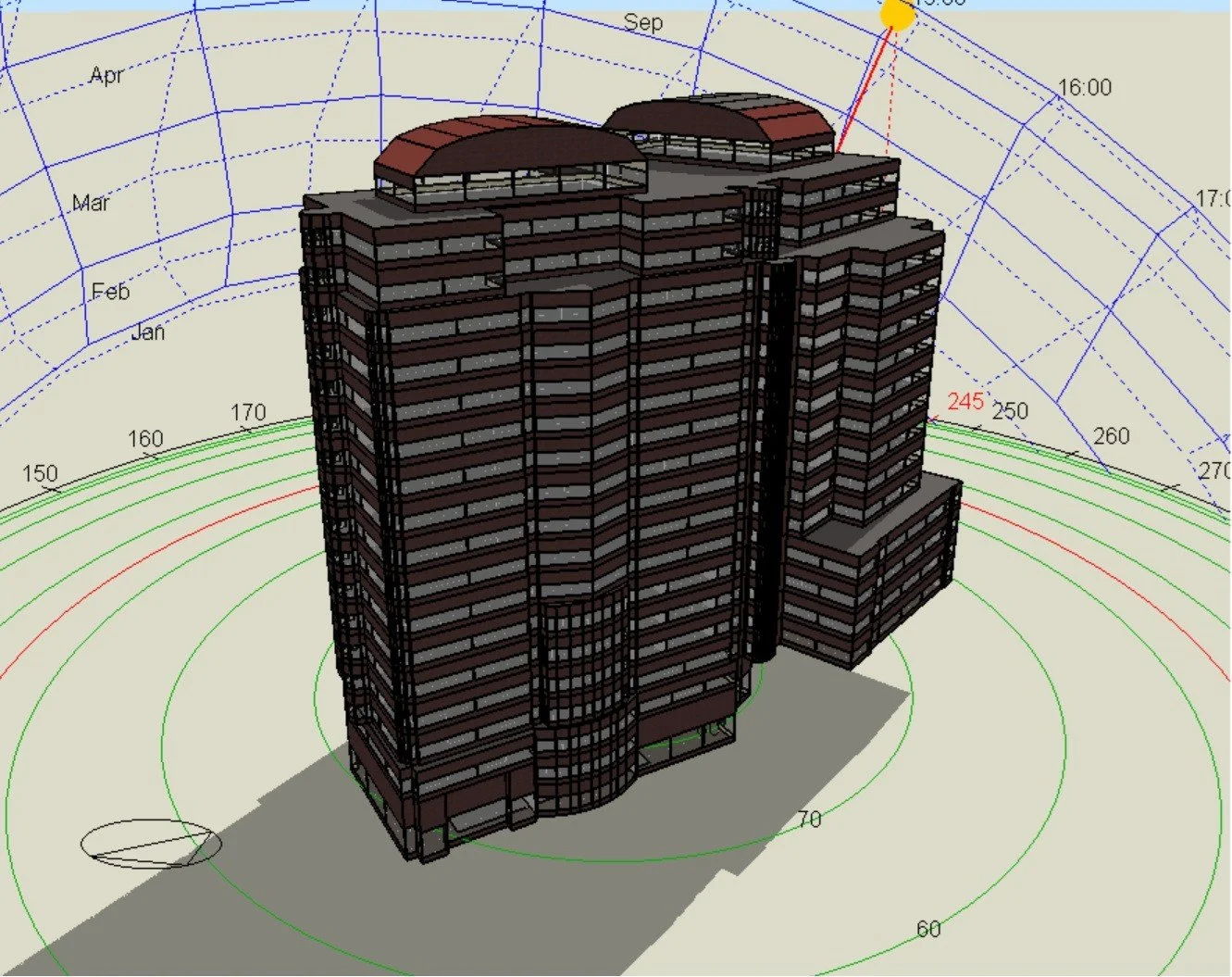Level 5 EPC Explained: Why You Should Instruct a Level 5 Energy Performance Certificate
What is a Level 5 EPC and why do I need it?
An Energy Performance Certificate (EPC) is used to record and rate a building’s energy efficiency, and forecast running costs. For complex commercial properties a Level 5 EPC, produced using Dynamic Simulation Modelling (DSM), produces a far more accurate and usually higher rating than standard level 3 or 4 EPC assessments. This short guide explains what a Level 5 EPC is, how it compares to Level 3 and4 EPC assessments, why landlords and tenants should care, the key benefits of instructing one, and typical cost drivers for a Level 5 EPC certificate.
A Level 5 EPC is compulsory when your building has complex features that simplified methods can’t represent accurately, for example: double-skin façades, automated blinds, curved glazing, significant natural ventilation, atriums, or sophisticated HVAC controls. Because they are more accurate, Level 5 EPC’s also usually result in a higher rating than Level 3 and 4. Think of a Level 5 EPC as your secret weapon to reach your EPC goal, before undertaking expensive upgrades.
How does a Level 5 EPC compare to Level 3 and Level 4?
Method: Level 3 and 4 use simplified steady-state calculations; Level 5 uses transient, hourly DSM which produces vastly more accurate results, which usually lead to higher ratings. For example, if a Level 4 EPC assessment produces a result of a good B rating, there is a very good change a Level 5 EPC assessment could achieve an EPC A rating. This principle can be applied across all rating bands.
Accuracy: Level 5 captures a wide range of additional items such as control interactions, shading and thermal coupling that Level 3 and 4 do not take account of.
Use case: Level 3 and 4 EPC’s can be used for simple and/or highly efficient buildings which are able to meet their target rating. Level 5 is for complex commercial buildings where small modelling differences can materially affect the EPC rating and compliance outcomes, as well as those buildings that need to secure extra marks to improve their EPC band (e.g. C to a B or B to an A)
Time & cost: A Level 5 EPC is far more detailed than Level 3 and 4, and therefore requires more modelling hours and specialist skills. Results may therefore take a little longer to deliver. However, this small cost increase is a very sensible investment, as the Level 5 approach will maximise the EPC rating, therefore often removing the need for costly CAPEX works that may have been planned to meet the required target.
Do I need an EPC? Importance of a Level 5 EPC for landlords and tenants
EPCs are required when buildings are built, sold, or let and must be made available to prospective parties. For landlords, a Level 5 EPC reduces MEES risk, supports lettability and helps prioritise capital works with the best rating impact. For tenants, it provides reliable running cost forecasts, informs lease negotiations and highlights potential comfort issues (overheating or underheating) that affect operations and occupant satisfaction.
Benefits of instructing a Level 5 EPC
Greater accuracy and defensibility: for valuations, sales and lettings.
Potential for a better rating: by correctly modelling shading, controls and thermal mass. Targeted retrofit recommendations: driven by hourly performance and realistic savings estimates.
Reduced regulatory and commercial risk: through robust evidence for MEES and investor due diligence.
Useful extra outputs: such as overheating checks, BMS tuning suggestions and lifecycle energy insights.
How much does a Level 5 EPC cost?
Costs depend on floor area, number of thermal zones, façade complexity, HVAC/control sophistication and the quality of existing drawings and data. Level 5 DSM assessments command a premium over standard EPCs because of modelling time and specialist expertise. Get 2–3 detailed quotes that list scope (plans reviewed, zones modelled, DSM run hours, site inspection and deliverables) so you can compare like-for-like proposals. Preparing plans, plant lists and photos before quoting can reduce both time and cost.


